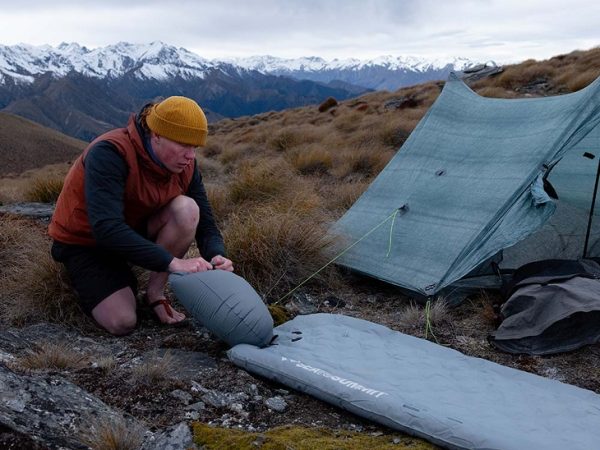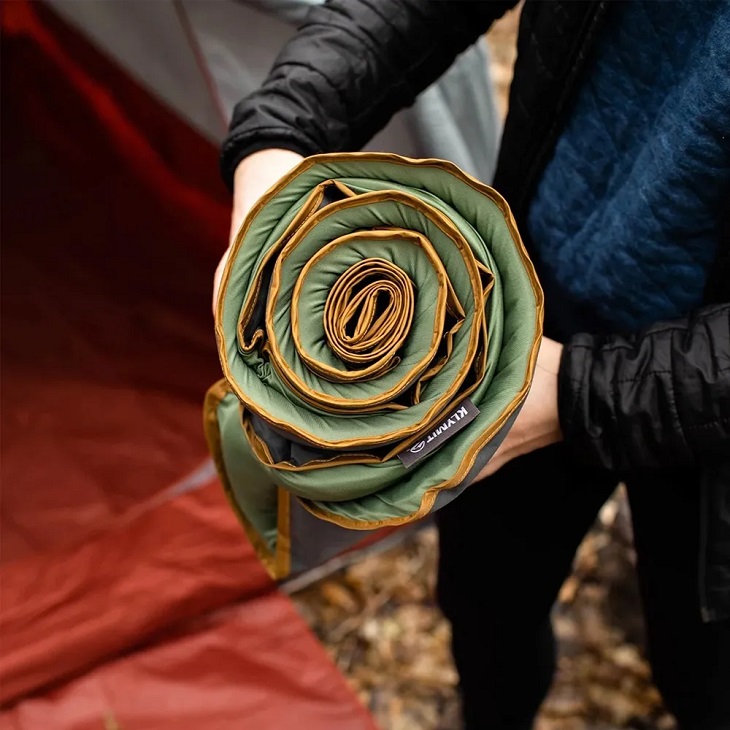06
Aug

Camping mats are one of the most important things to consider when heading outdoors. Not only do they provide insulation, but they also offer a more comfortable sleeping surface thanks to their padding. With a quality mat, you won’t lose body heat to the ground or feel the cold seeping in, and you certainly won’t have to lie on rocks or rough terrain, which can quickly ruin a good night’s sleep.
While picking a mat might seem straightforward, there are a few important things to keep in mind to ensure you choose the right one for your needs.
A camping sleeping mat can provide a comfortable surface only if you choose the right type and model for your needs, otherwise, you risk choosing something that will provide you with everything but comfort.
Air pads come in a range of thicknesses, from ultralight to extra-thick. While older versions didn’t always provide much insulation, today’s air mats often feature excellent thermal properties. Many even include reflective materials to increase warmth, making them a great option for colder conditions.
These mats are typically inflated using a pump sack that attaches to the valve, saving you the trouble (and breath) of inflating them manually. They’re lightweight, compact, and allow you to adjust the firmness to your liking, making them one of the most popular choices among campers.
That said, they do come with a few drawbacks, namely a higher price tag and the risk of punctures, which can compromise comfort and performance if not repaired.
Self-inflating mats are another user-friendly option. They combine open-cell foam insulation with air. When the valve is opened, the mat expands and fills itself with air, making setup quick and easy.
These mats come in lighter models ideal for backpacking, and thicker, more luxurious versions that roll up without needing to be folded. With a wide variety of sizes, warmth levels, thicknesses and prices available, they offer plenty of flexibility.
Compared to air pads, self-inflating mats are usually more durable. However, they are also heavier and less compact, which might be a consideration if you’re trying to travel light. Like air mats, they can still be punctured or torn, so careful handling is recommended.
The third common type is the closed-cell foam mat. These are made from dense foam filled with tiny, closed air pockets. They’re lightweight, affordable, and provide excellent insulation from the ground.
Closed-foam mats are also virtually indestructible. You can throw them in your pack, strap them to the outside, or drop them on rocky ground without worrying about damage. However, they don’t offer as much comfort as air or self-inflating options, and tend to feel firmer and less forgiving on the body.

Because the main role of a sleeping mat is to provide insulation, choosing one with the right level of warmth is essential. The R-value is used to measure how well a mat resists heat loss to the ground. The higher the R-value, the better it will protect you from the cold.
Here’s a rough guide:
If you are one of those people who love the idea of using a backpack when camping, then an air-filled mat would be a better choice because of its weight. They are super lightweight and easy to pack, unlike foam and self-inflated mats.
On the other hand, if you are camping with a vehicle and you aren’t limited to one backpack only, you can always choose a self-inflating or foam type of sleeping mat.
When in the search for the right sleeping mat, it would be better if you choose a wider one to be sure that none of your body parts will hang out of it. Generally speaking, you should look for a mat according to your body, and this goes mainly to women. Given the fact their body nature, they should look for a pad that is narrower in the shoulder area and wider from the hip to the knee.